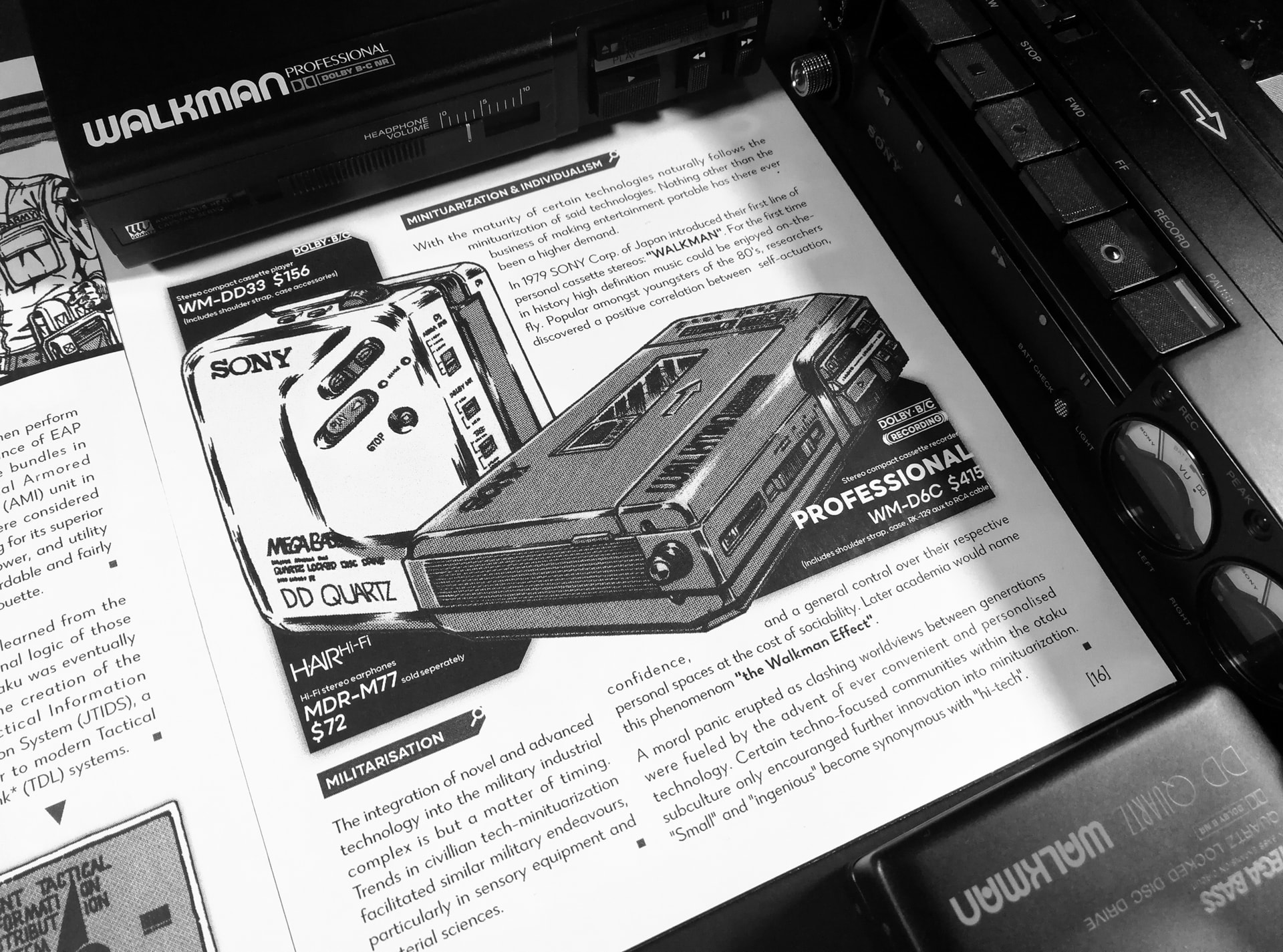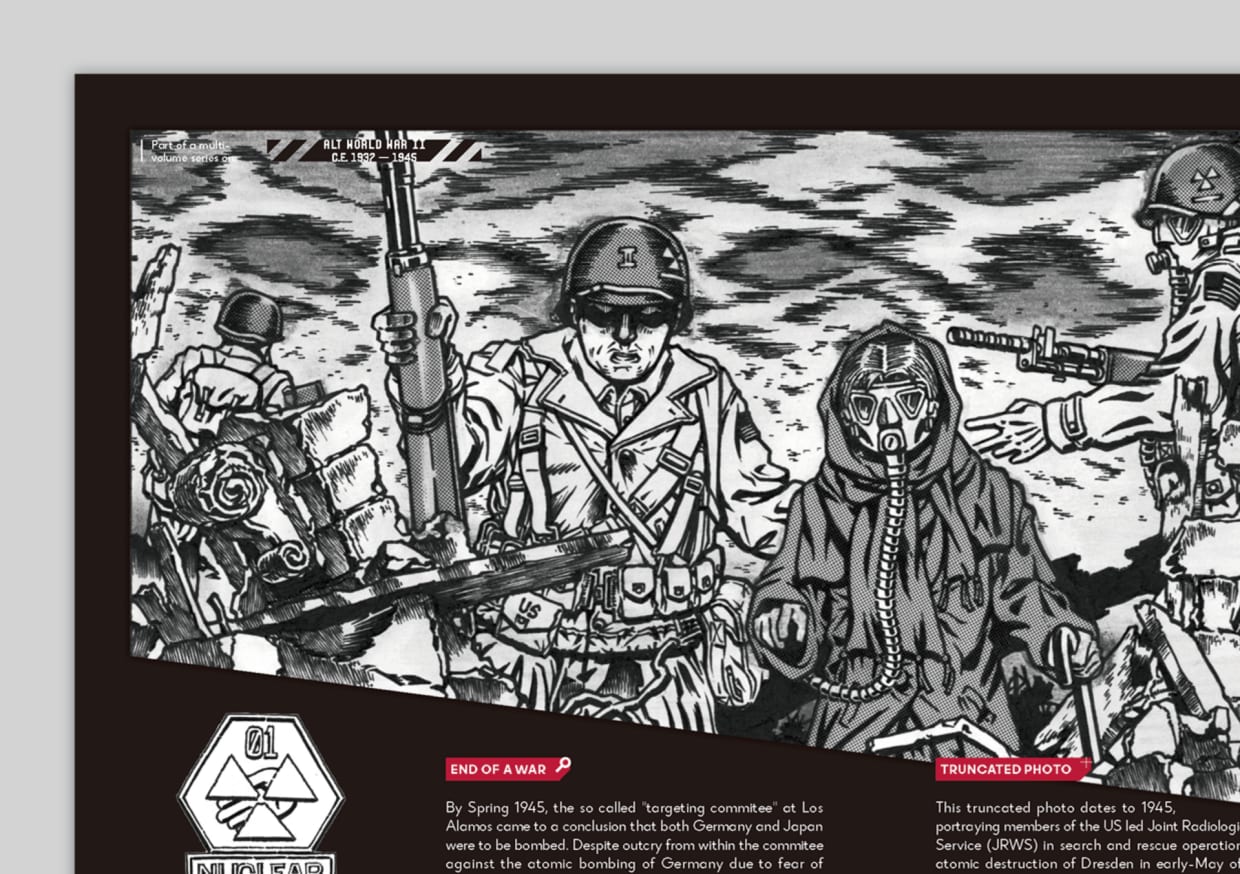Siyu Fu (Hank) is a Chinese art student endeavouring in graphic design. Having previously graduated from The School of the Art Institute of Chicago (SAIC) on the other side of the pond, Hank pursues a degree in visual communications at the Royal College of Art. So far, his life has been mostly academics, influenced by his professional academia oriented family. He plans to continue this tradition by contributing to the wider academic community in the form of postgraduate research regarding the intricacies of otaku subcultural visual culture and its potential applications.
Hank's aesthetical style and artistic preferences lean towards minimalism and utilitarianism, speaking of his fascination with commercial Japanese graphic design and extremely brief experience in electrical and computer engineering at the University of Toronto.
In 2021, his current projects are semi illustration based, including multiple works of manga serialised on Chinese online platforms. Nostalgia into his artistic roots: the otaku subculture, has also culminated into full-fledged research endeavours into the nature of the subculture and its unique visual aspects, as well as the implied politics of said aesthetics.


























![[ E X P L O S I V E B O L T S ]](https://res.cloudinary.com/rca2020/image/upload/f_auto,h_874,w_1240,c_fill,g_auto,q_auto/v1/rca2021/60c5dcc0a98c7847e5f55cdc-106361?_a=AXAH4S10)